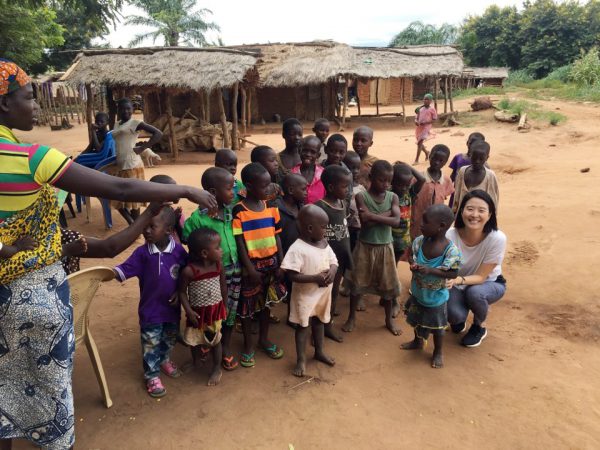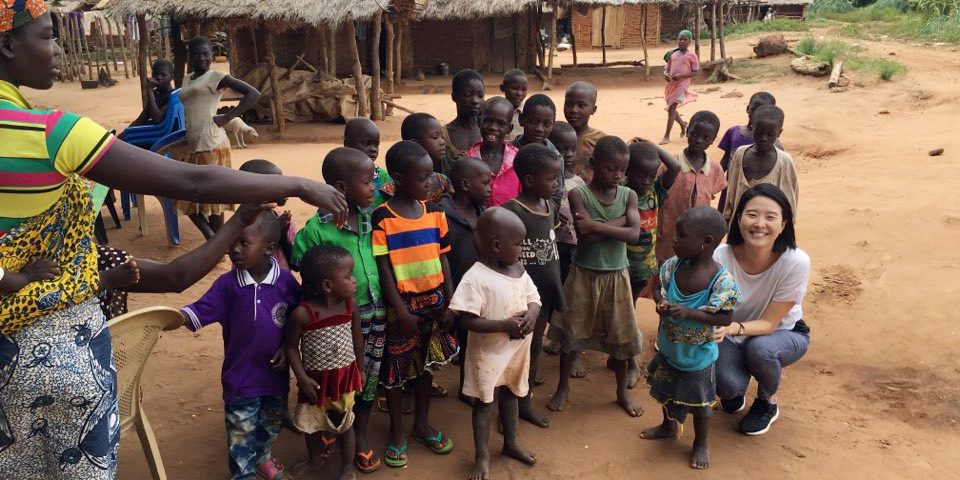New study in Nature Communications reveals high burden of multi-drug resistant (MDR) typhoid fever in sub-Saharan Africa associated with two predominant genotypes
– IVI epidemiologist Se Eun Park and collaborating scientists report data from Typhoid Fever Surveillance in Africa (TSAP) program and other sources
A team of scientists at the International Vaccine Institute (IVI) and partner organizations has published a study entitled “The phylogeography and incidence of multi-drug resistant (MDR) typhoid fever in sub-Saharan Africa” in the latest issue of Nature Communications.
 IVI epidemiologist Se Eun Park
IVI epidemiologist Se Eun Park
Epidemiologist Se Eun Park and colleagues at IVI, along with scientists from the Wellcome Trust Sanger Institute in the U.K., the Oxford University Clinical Research Unit in Vietnam, and the University of Melbourne collaborated to whole genome sequence S. Typhi isolates yielded from multiple countries across Africa between 2008-2015 and perform phylogenetic analyses. The data originated from IVI’s Typhoid Fever Surveillance in Africa (TSAP) program involving 10 TSAP site-collaborating institutes plus Uganda and The Gambia, in addition to other sources.
The results exhibited that the MDR typhoid in sub-Saharan Africa is driven by two predominant genotypes; 4.3.1 (H58) and 3.1.1 S. Typhi confined in East and West Africa, respectively. Over 50 percent of S. Typhi organisms were MDR, with resistance against ampicillin, chloramphenicol, and co-trimoxazole. High incidences of MDR typhoid fever were estimated in locations with high burden of typhoid, especially in children under 15 years old.

A community setting in Ghana where IVI conducted the Typhoid Fever Surveillance in Africa Program (TSAP).
The authors recommend continued disease surveillance and investigations on the genomic characterization of MDR S. Typhi and antimicrobial usage. “Introducing typhoid conjugate vaccines prequalified by the World Health Organization in January 2018 may be considered, especially in settings with high incidences of multi drug-resistant typhoid or outbreaks of extensively drug-resistant typhoid.” said Se Eun Park of IVI. “Improved antimicrobial stewardship policies in respective countries are warranted to control the MDR-S. Typhi circulating in these typhoid endemic communities in sub-Saharan Africa.”
Typhoid fever, caused by the bacterium Salmonella Typhi (S. Typhi), results in systemic infection in humans. The disease is contracted by the ingestion of bacteria through contaminated food or water. Globally, 21.7 million cases are estimated annually with 217,000 deaths; the disease is largely reported in urban areas in low-to-middle income countries in South and Southeast Asia, but more recent data have shown a substantial disease burden in urban and rural areas of sub-Saharan Africa.
See the full article here:
https://www.nature.com/articles/s41467-018-07370-z?WT.feed_name=subjects_biological-sciences
See the related blog article by Se Eun Park “Today’s reality: a battle against multi-drug resistant typhoid in sub-Saharan Africa”, Coalition Against Typhoid – Together We Can Take on Typhoid:
http://www.coalitionagainsttyphoid.org/todays-reality-a-battle-against-multi-drug-resistant-typhoid-in-sub-saharan-africa/



 IVI epidemiologist Se Eun Park
IVI epidemiologist Se Eun Park
